Almost every dog has a protective nature, and all dogs are incredibly loyal, too. But there is a fine line between loyalty and protectiveness as an instinct or a fuel to serve your family members if your life depends on it.
What makes a dog an excellent guard dog is their ability to be aggressive, but especially to be able to control that aggression when the situation calls for it.
As a guard dog, you can’t let others in easily, whether it’s other humans, other dogs, or any sort of other pet. The dog must be equipped with skills to differentiate between friend and foe without instantly throwing paws.
The best guard dogs and protective dog breeds make great family pets, too. They just need consistent training and proper socialization.
As these dogs have high energy needs, they also require physical and mental stimulation to be able to work to the best of their abilities. But once that is achieved, the bar will be set too high.
Let us explain further in this guide, as we will discuss the best guard dogs, ideal for security and loyalty.
Best Guard Dog Breeds for Security and Loyalty
1. Akita
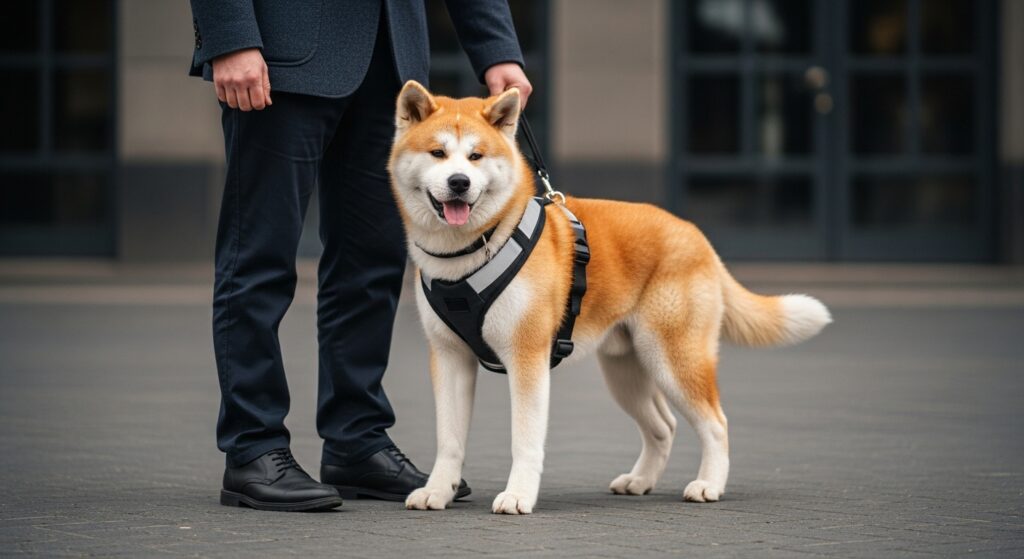
History
Originally bred in the mountains of northern Japan, it was trained as a strong hunting and police dog, used for fighting purposes as well as guarding.
This is a powerful and muscular dog and was first brought to the United States in 1937 by Helen Keller, as per Britannica. It was presented to her as a puppy as a present.
Defining Traits
Needs regular exercise to expend their high energy.
Also need to practice their scent work, needing mental stimulation and physical stimulation too.
Enjoys tugging and running game.
Excels in dog sports of agility, nose work, obedience, and even tracking.

It is an alert dog, very courageous, and very, very loyal. A great example of this is Hachiko, the Akita that stands as a staple of the most fiercely loyal dogs, who waited for its owner for a decade after his death at a train station.
2. German Shepherd
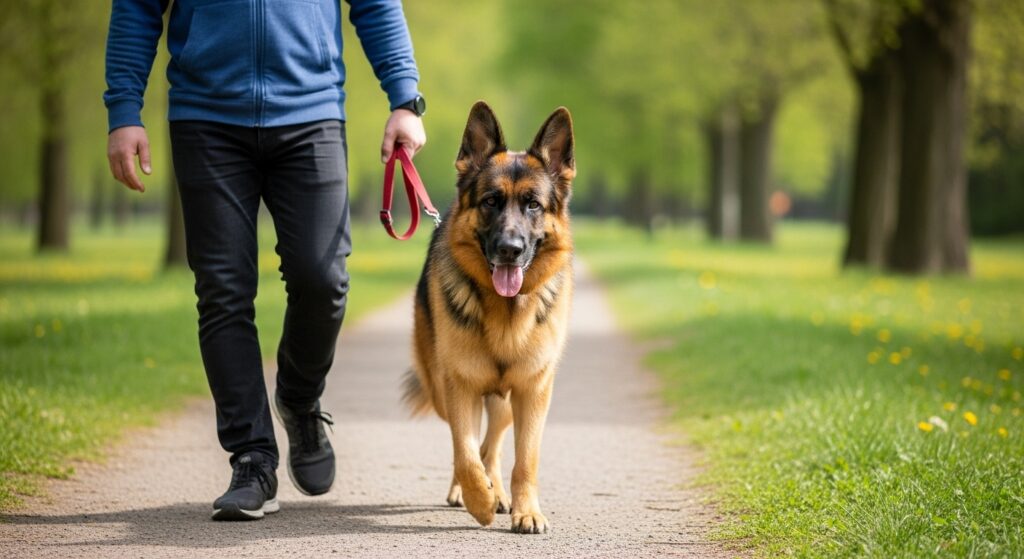
History
Historically, it was bred by Captain Max von Stephanitz to create a superior hunting dog in the late 19th century. It took part in both World Wars I and II, delivering messages and also locating wounded or deceased soldiers due to its impeccable sniffing skills.
It was introduced in the United States in the early 1900s.
Defining Traits
Herding group dog who loves having something to do, thrives on having a purpose.
Loves an extensive exercise plan that tests its capabilities.
Naturally suspicious and protective, hence aloof from strangers.
With the right training, this is all you need to deter intruders.
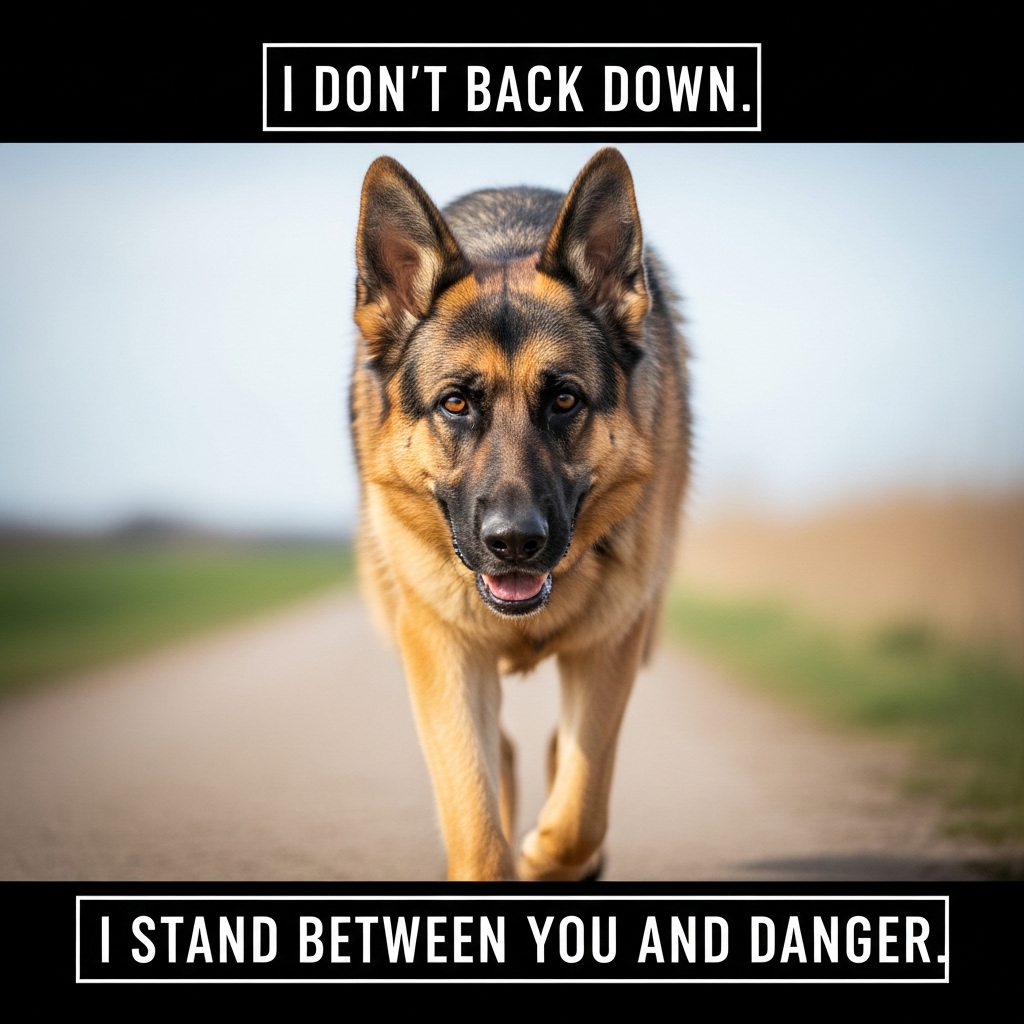
One of the most protective dog breeds, and a highly trainable and smart breed. PetMD states that the German Shepherd is one of the most famous dog breeds in the US right now, especially for police and military work.
If you’re looking to amp up your security system, a German Shepherd is a must-have addition to your home.
🎧 Dogcast
Episode 12 — If Dogs Could Talk: Why Do Humans Go to the Gym When the Park Exists
If you don’t hear sound, tap the button above to enable audio.
3. Boxer
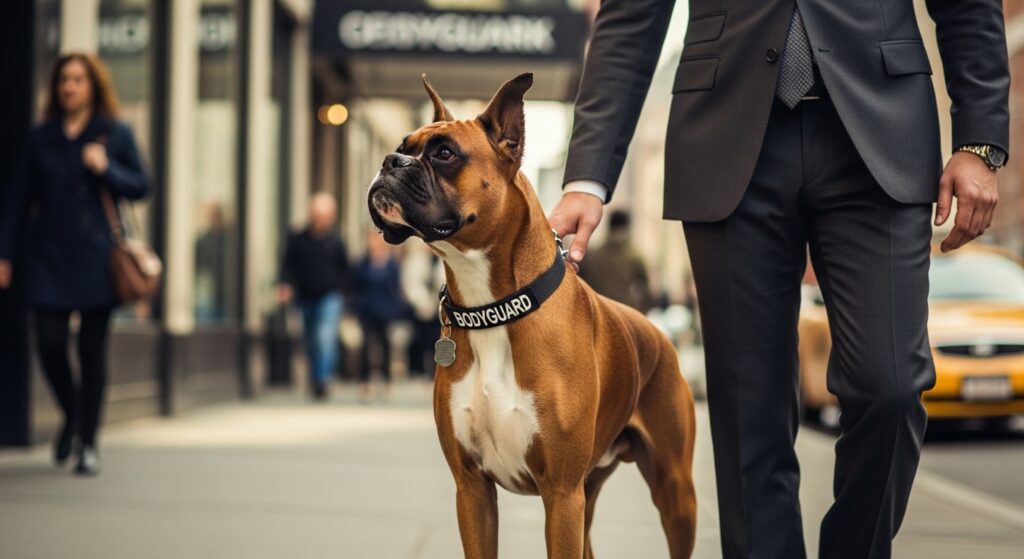
History
Developed in Germany in the 19th century. Bred as bull-baiting dogs and then later used as butcher’s helpers, controlling cattle in slaughterhouses, these dogs have thicker skin than you can imagine. They were imported to the US after World War I and rose to become a popular breed in America.
Defining Traits
High need for companionship and exercise.
Best dogs for threatening situations due to their protective instincts and smarts.
Easy to care for with their short coats.
It will be destructive if their energies are not exerted.

They are highly intelligent and playful dogs. They have a loud bark and do tend to bark excessively. It is said to have been developed from a crossing of the extinct bullenbaiser breed with Mastiff, Bulldog, and possibly Great Dane. One of the first breeds to be used as police dogs, as reported by Hill’s Pets.
4. Great Pyrenees

History
This is an ancient breed, originating from the Pyrenees mountains between France and Spain. Their ancestors are believed to have originated from Asia Minor 11,000 years ago. They were declared the “Royal Dog of France” by Louis XIV in the 1600s, from where they began gaining recognition in France.
Defining Traits
Not overly active.
Independent, can be left alone as a protection dog in the mountains.
They enjoy their alone time, so training can be a task.
Their long coats are tangle and dust-resistant, so they are fairly easy to groom too.

They are incredibly fast and strong dogs. However, their intelligence makes them good around small children as well. They are excellent family life dogs and make great guard dogs. Their coats make it easy for them to camouflage in the snowy mountains and do their job well.
5. Doberman Pinscher

History
Originated in Germany in the late 1800s by a tax collector named Louis Dobermann. Louis was looking for a loyal and protective-natured dog who could respond to threats, stay alert, and be protective while maintaining affection for their owners to accompany him on rounds.
Purina describes this dog breed as muscular and athletic.
Defining Traits
Playful and very intelligent.
Conforming and obedient.
Make great search and rescue and therapy dogs.
It can be intimidating for strangers, but great with kids and other animals.

The Doberman Pinscher is a great watchdog, guard dog, and family pet. This large dog is called a gentle giant. They need consistent training and socialization from their puppyhood to be great guardians.
They need to be affectionate and learn to balance their energetic nature due to their large size.
6. Saint Bernard

History
The Saint Bernard has historically been credited with saving hundreds of lives due to their work as a search and rescue dog and also as a pathfinder in the Swiss Alps. Monks at the Saint Bernard hospice began developing them for this task at this very demanding location in the 16th and 17th centuries.
In the 1800s, they were nearly driven extinct due to the harsh weather conditions, but were preserved by crossbreeding with Newfoundlands.
Defining Traits
Powerfully built and muscular dog.
Slow mover and low energy, so it doesn’t require a lot of workouts.
Smart breed that responds quickly.
Gentle and calm with family as well as strangers.
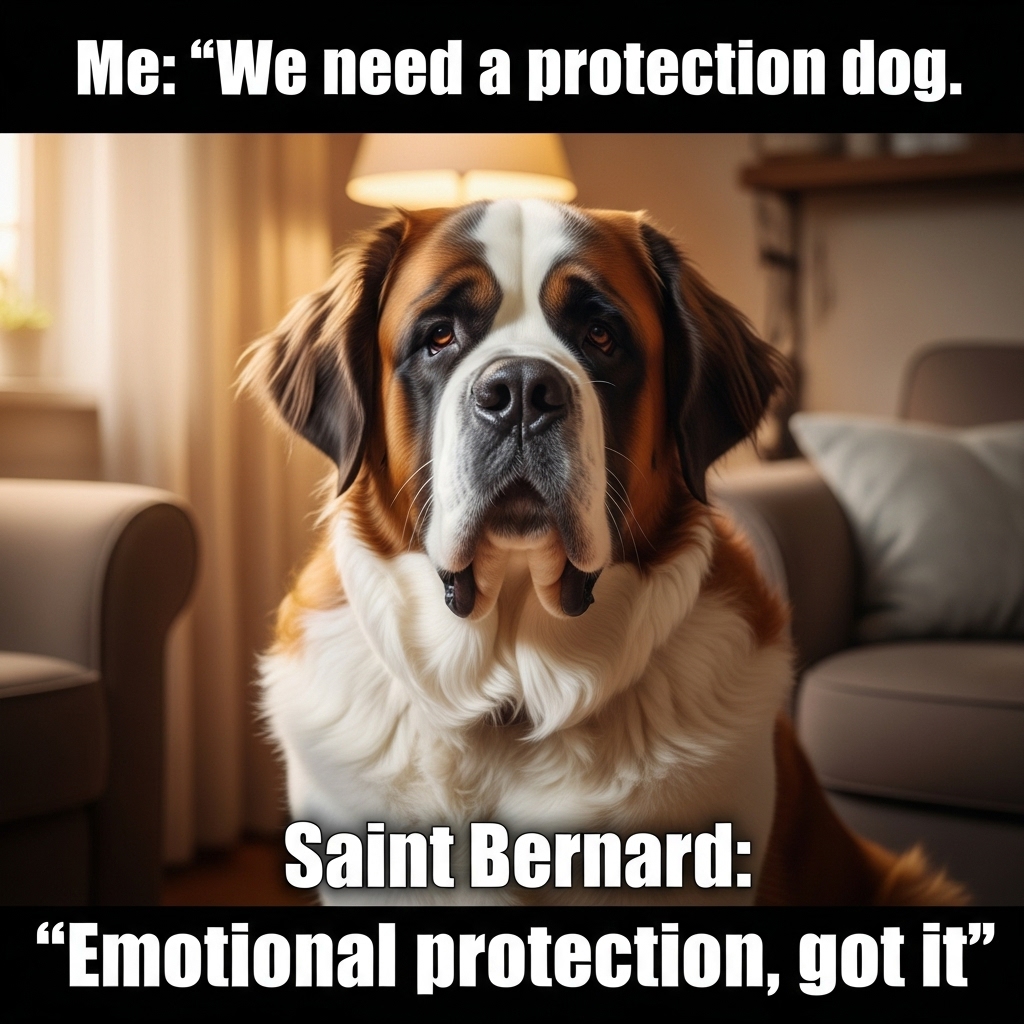
They don’t make great watchdogs or protection dogs, but their size makes them intimidating enough to deter strangers anyway. Even with their low energy, this size makes them difficult to manage for elders and children.
7. Belgian Malinois
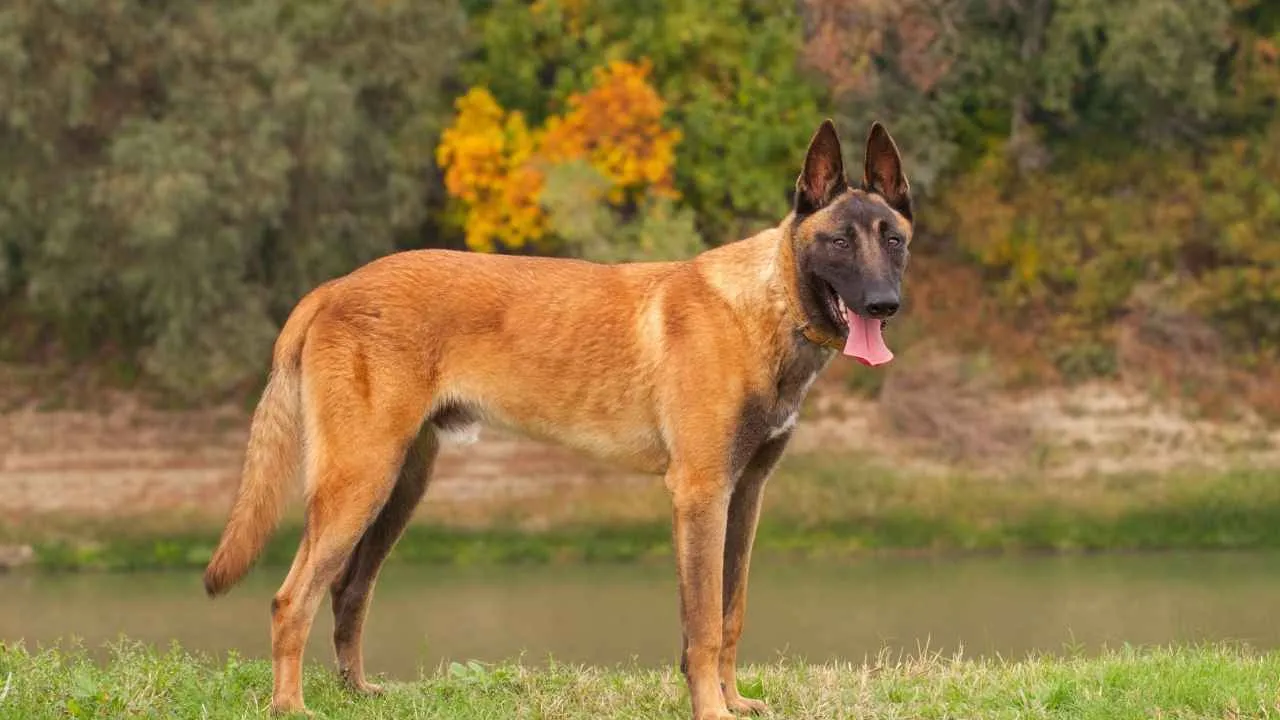
History
Originated in Malines, Belgium, in the 19th century from local shepherd dogs. They were used for herding and other farm work, which gives them an exceptional work ethic. Named after a city in northwestern Belgium in the 19th century called Mechelen.
Defining Traits
They have a lot of energy due to their history of guarding livestock.
Their high intelligence means they can get bored very easily and end up wreaking havoc in your house.
Handle them with positive reinforcement.
Eager to please.
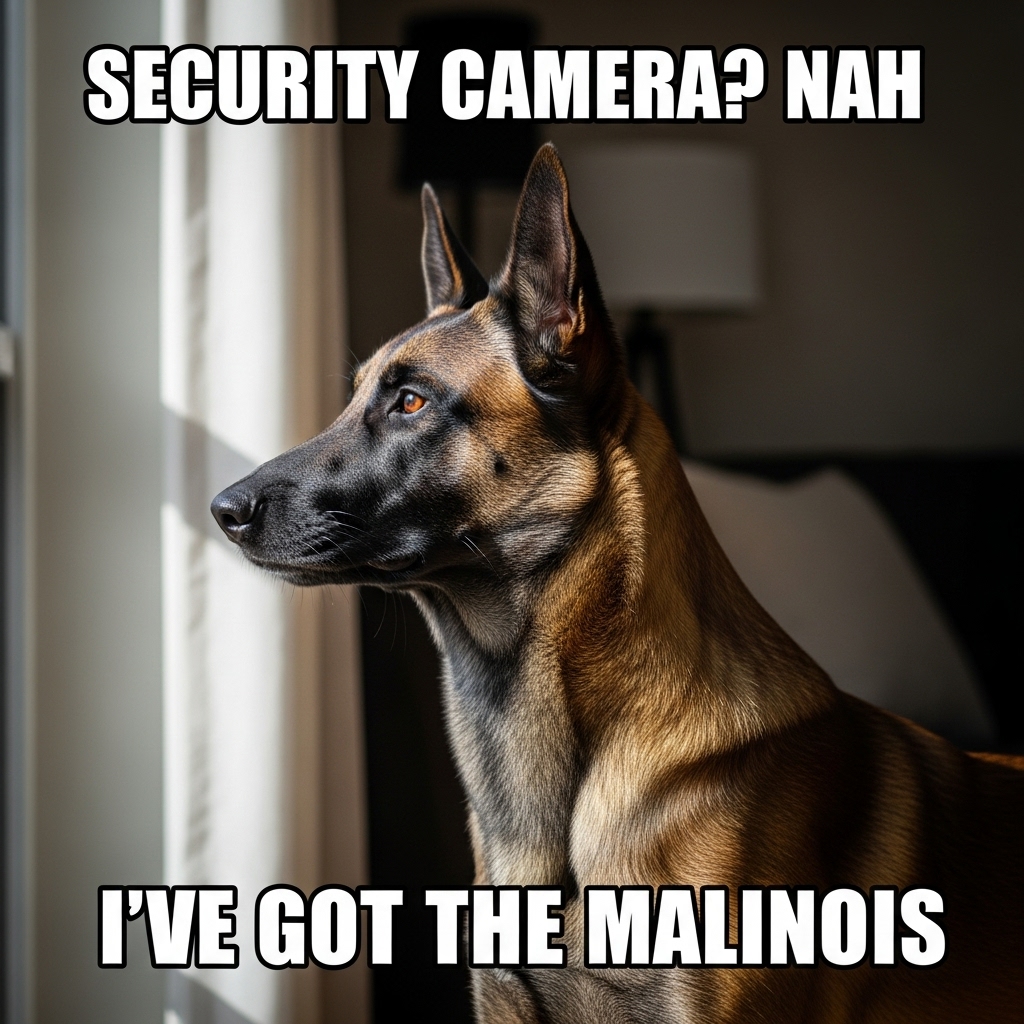
The Belgian Malinois needs extensive and vigorous exercise. Mental and physical stimulation, both, are important for several hours every day. This is a breed good for an experienced owner who can use a firm but fair hand at their training. Early and extensive socialization is required if they are to be around kids and guests occasionally, too.
Conclusion
A dog’s ultimate aim is your security and loyalty to you, and this goes out to all breeds. They are watchful of their owners and family.
But dogs bred for security and loyalty go a step ahead with their protection; these dogs serve as the threats as well as the protectors, depending on which side you’re on.
They’re known for their calm and friendly nature, but what truly sets them apart is their versatility. It allows them to think on their paws, stay alert, and step up as the confident, dependable guardians they were born to be.


